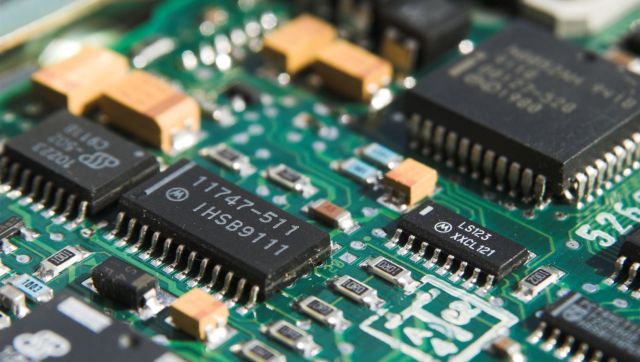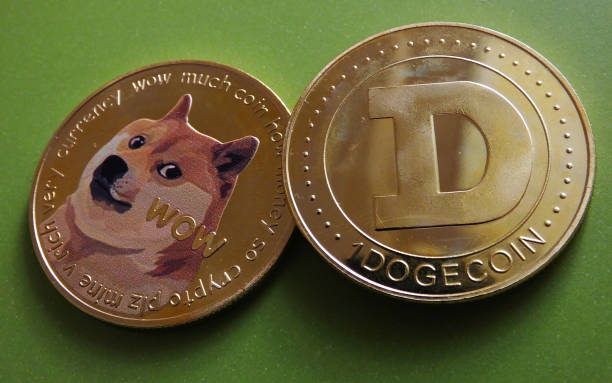In a momentous event that heralds a new era for Polkadot, Kusama, its test network, sold all three cores in its first Agile Coretime sale, as reported on April 30. This achievement, shared by Parity Technologies, the developer of the interoperable blockchain, is a crucial step in their roadmap towards bringing Agile Coretime to the mainnet.
Kusama Sells All Three Cores: Beggining Of A New Era?
In an update on X, all three cores were sold on April 30, generating 70 KSM, worth approximately $1,980. Each core was sold for 23.4 KSM, or roughly $660. Buyers of each core can now produce blocks on Kusama for the next four weeks.

The Agile Coretime concept, a replacement for the parachain auction system, is a welcomed change, especially for participants eager to produce blocks or deploy protocols. In this model, participants can bid for core time, a system that promises more efficiency, as envisioned by Gavin Wood, the developer of Polkadot and Kusama.
The goal is to accelerate the pace at which new decentralized applications (dapps) can join the network. This will also help amplify enterprise adoption of Polkadot solutions.
The Agile Coretime concept eventually replaces the previous parachain auction system, bringing a host of benefits. For instance, it eliminates the need for upfront, long-term slot commitments, as with Parachains.
This will, in turn, help foster more flexible resource utilization, particularly for new projects. Most importantly, this model creates opportunities for early-stage ventures and individual developers to participate.
It remains to be seen when this model will go live on Polkadot. However, early success in Kusama sets the pace for the eventual integration in the coming months.
Polkadot Prepares For Asynchronous Backing, DOT Rejects Bears
Beyond this, Polkadot plans to activate Asynchronous Backing on the mainnet in the coming weeks, an update that enables the network to process more transactions, pushing up the overall throughput. Additionally, it allows for increased block capacity and shorter block times, changes that are a net positive for the network.
With this announcement, DOT prices are stable, cementing its position in the top-20. At press time, the coin changes hands at around $6.5, rejecting bears. Notably, DOT is finding support at April 2024 lows.
Still, for bulls to take over, prices must ease past $7.5, reversing losses of April 13. This development might anchor bulls who are currently targeting March 2024 highs.











